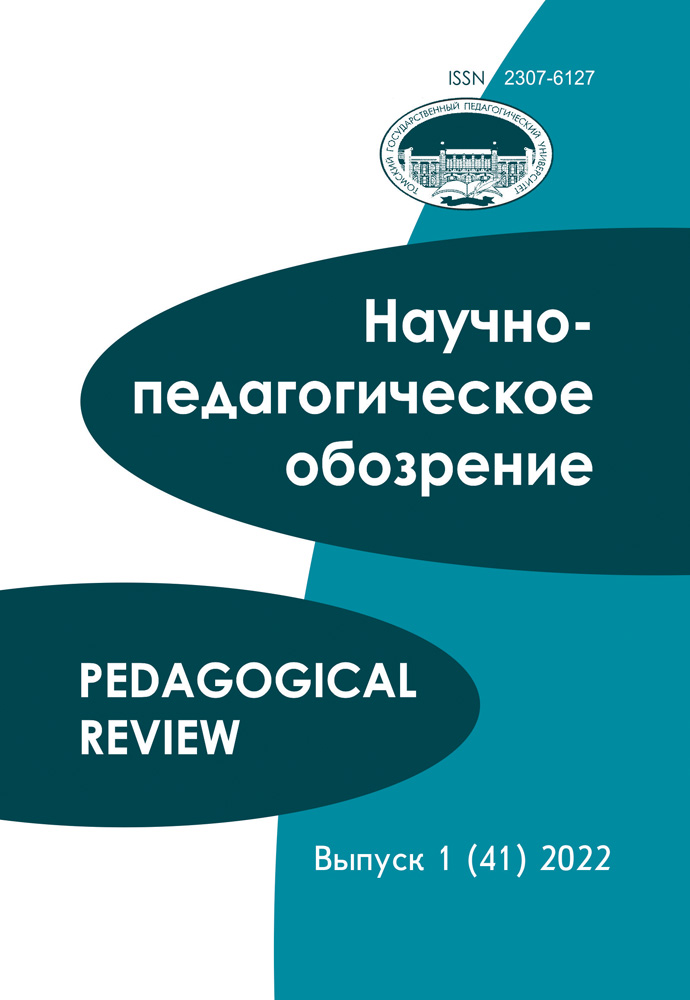ON THE INTERRELATION OF FUNCTION AND SEMANTICS OF ATTRIBUTES IN THE PERMIC LANGUAGES
The paper deals with the form behavior (i.e. morphological characteristics) of the word forms of quality, object and material, local and temporal, and process semantics that carry out the function of the actant’s attributes in closely related Udmurt and Komi languages. The analysis is based on the “word form grammar” approach suggested by A. P. Volodin. Qualitative semantics is primary for the specified functional grouping. In the Permic languages the word forms of this semantics are characterized on the formal level by the absence of agreement in number and in case with nouns they qualify. At the same time the paper analyzes some cases of agreement of attribute word forms in the Udmurt language. The following morphological feature of attributes is the category of the degrees of comparison which in the Permic languages is expressed by means of special suffixes. As for the so-called class markers of the actant’s attributes, it should be noted that in Permic there are no regular markers which would allow to distinguish the specified word forms from word forms of other classes on the morphological level. Udmurt attributive word forms of qualitative semantics often easily carry out both the function of the actant’s attributes and the function of the predicate’s attributes without changing their form. In the Komi languages the tendency to distinguish the actant’s attributes and the predicate’s attributes with the regular marking of the last is observed. Further the analysis of attributive word forms of “secondary” semantics (object and material, local and temporal and process) is carried out and it is observed that: (1) the Permic attributive word forms of object and material semantics do not accept any specific markers and act in the main form frequently forming composites; (2) the Udmurt attributive word forms of local and temporal semantics also act in the main form whereas in the Komi languages the specified word forms tend to be marked by specific markers; (3) the Permic participle forms as the actant’s attributes are distinctly marked by a regular marker. Finally, it is concluded that despite close relation of the Komi and Udmurt languages, the specified languages demonstrate distinctions in form behavior of attributive word forms.
Keywords: Udmurt, Komi, attributes, morphological markers, Permic languages
Issue: 2, 2013
Series of issue: Issue 2
Rubric: LINGUISTICS
Pages: 83 — 88
Downloads: 1822








